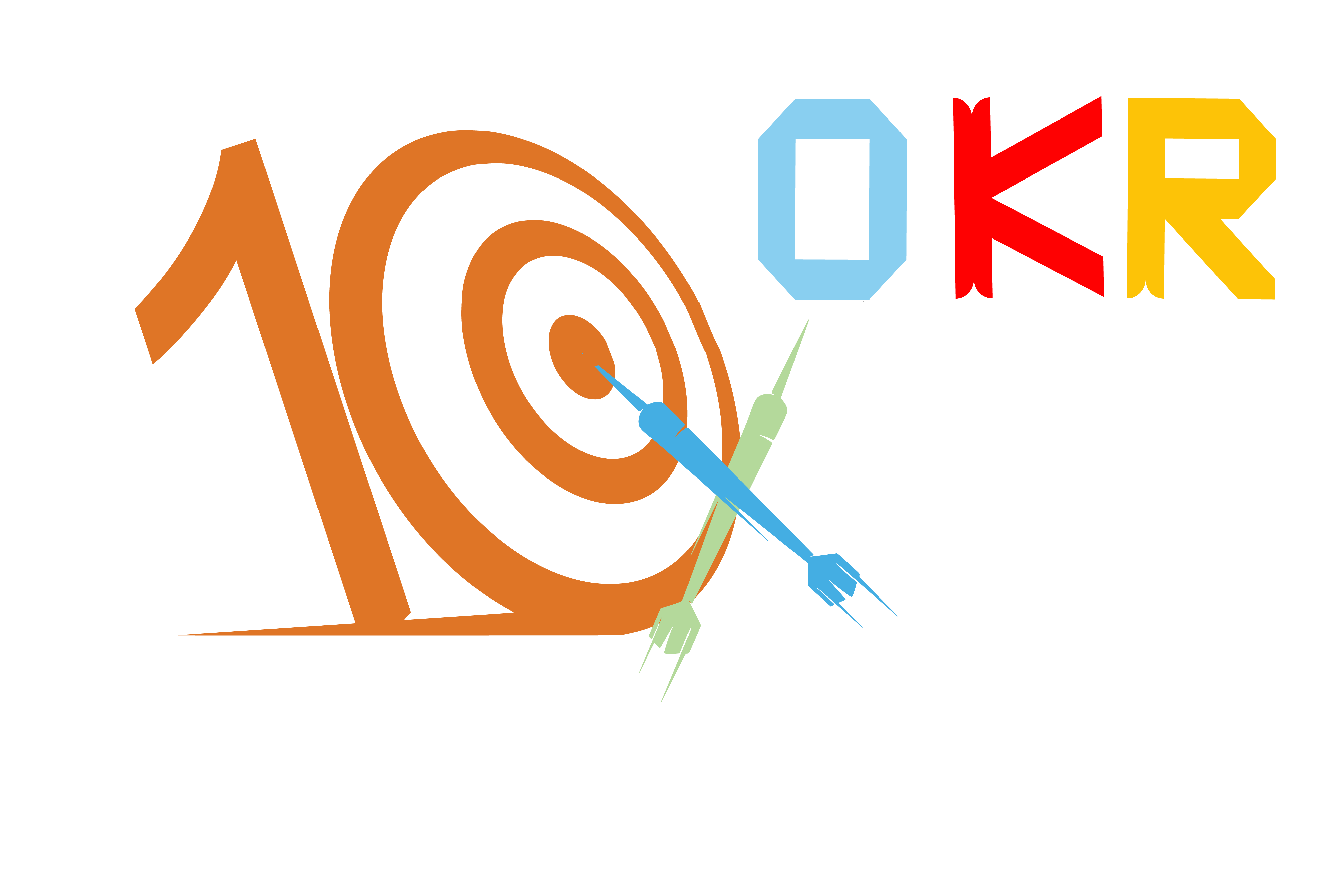Table of Contents
How to Successfully Grade Your OKRs?
The Objectives and Key Results (OKR) framework is an action-oriented execution framework that individuals, teams, and organisations use to set goals and track their outcomes to measure success. At the end of each OKR cycle, the grade or score of an OKR is determined by seeing if the Key Results (KR) were met. In this blog, let’s look at how to calculate your OKRs.
What are OKRs?
The OKR framework is used as a goal-setting tool that also evaluates the performance of these goals. First introduced by Andrew Grove, the father of OKRs and the CEO of Intel, this framework has since gained popularity amongst successful companies like Google, Microsoft, Amazon, and so on. There are three key elements to any OKRs: Objectives, Key Results, and Initiatives.
Objectives
These are the goals a company plans to achieve. It is time-bound, qualitative and inspiring for the employees to make them align with the larger company goals.
Key Results
These specific and quantifiable steps outline achieving the objective. These are milestones set within a specific timeframe to measure progress.
Initiative
Any plan without action is just a speech. Initiatives are necessary to get the engine of “objectives” running with the fuel of “key results.”
Why Should You Grade Your OKRs?
Grading your OKRs is important since it helps assess how much or how little progress is being made towards achieving your goals and objectives. Some of the key benefits of grading OKRs include the following:
- Deeper reflection on results, thereby providing room for improvements or adjustments
- High scores act as motivation, while low scores drive performance for better results
- Increased accountability to stay focused on your goals
- Promotes teamwork to achieve the objectives quicker and scoring higher on the grading scale
- Boosts employees’ overall confidence level and morale since they strive to be graded better for their performance.
Thus, by allocating a grade or score to each OKR, companies or managers can measure the progress made and which areas need improvement so tactics can be perfected accordingly. It also improves communication about progress amongst teams, stakeholders, and managers.
How to Grade Your OKRs?
There are many approaches to OKR grading. If you use OKR software like Asana, 10xokr, Lattice, and others, the way OKRs are graded will differ. Some use system-generated scores, while others will have industry experts, OKR coaches, or mentors reviewing your scores.
Method 1: The Andy Grove’s Yes or No Method
Andy Grove invented a simple ‘yes’ or ‘no’ method for OKR scoring where there is either an affirmative reaction or a negative reaction against the key result.
For example,
Objective: Achieve significant progress in employee satisfaction
Key Result 1: Implement a comprehensive feedback program to receive feedback and suggestions
Key Result 2: Gain 100% completion percentage in employee training programs
Key Result 3: Increase creative input by 15%
These Key Results would be scored in the following manner:
Implement a comprehensive feedback program to receive feedback and suggestions- YES
Gain 100% completion percentage in employee training programs- NO
Increase creative input by 15%- YES


Method 2: Traditional OKR Scoring of Key Result on a Scale
As an advanced way of scoring each Key Result on a scale, this method is a bit more complicated but provides a deeper analysis of the progress made. Within the scale, “0” indicates failure and “1.0” implies that the Objective was completely fulfilled. Each individual Key result—usually ranging from 1-5— is graded and averaged to calculate the Objective. Since the grades are colour-coded, it is easier to understand the progress made.
The scale from 0.0 to 0.1 looks like this:
- 0.0- 0.3: Indicates total failure to make significant progress status (Red)
- 0.4-0.6: Indicates some progress but failure to attain completion; it is not what we expected status (Yellow)
- 0.7-1.0: Indicates success- we delivered status (Green)
Let’s use another example to see how this scale can be utilised:
- Objective: Gain brand recognition through increased social media engagement
- Key Result 1: Gain 6000 Twitter followers by the end of the quarter
- Key Result 2: Boost content engagement by 20% through influencer-based product promotion
- Key Result 3: Write 3 new product pitches by the end of the month.
The degree of success varies when grading the Key Results, as does the grading point.
You managed to gain only 1000 Twitter followers, so that’s 0.0.
You managed to boost content engagement by 20% with three new influencers, so that’s a remarkable score of 0.8
You wrote 2 new product pitches, so that’s 0.6.
Method 3: Value-Based Key Results
While the traditional OKR scoring method assigns a number to the key results, it does not measure whether the key result has provided any value or addition to the company. The value-based method measures outcomes based on the value they deliver to the company or customers. This method establishes clear and measurable results and allows weekly or monthly reviews about good or bad progress.
It is usually structured the following way:
Increase/Reduce a said metric from X to Y wherein X acts as the starting point and Y is the goal you want to achieve.
For example,
Increase employee retention rate from X to Y.
Reduce product revenue churn from X to Y.
To Conclude
Grading your OKRs is a helpful practice that allows you to track your progress and focus on your company goals. It allows for rectification and improvement. It also boosts employee morale and gives a sense of achievement when high scores are achieved.
Sign up for free today to learn more about OKRs and how to successfully grade your company’s OKRs.



